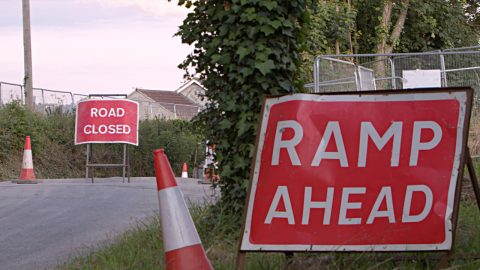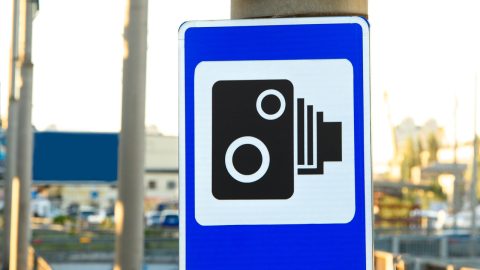In a pioneering move aimed at enhancing road safety, Wales has rolled out a new default 20mph speed limit on residential streets and busy pedestrian zones. This significant shift from the previous 30mph standard is designed to protect vulnerable road users, reduce accidents, and create more livable communities. This article explores the early outcomes of this policy, examining the statistical impact and unpacking the challenges encountered since its implementation.
The Impact of the 20mph Speed Limit in Wales
Enhanced Safety Measures
Early statistics post-implementation indicate a promising trend in road safety. Preliminary reports suggest a reduction in road traffic collisions in areas where the 20mph limit has been enforced.
Notably, urban areas and residential zones have seen a noticeable decrease in the severity of accidents, aligning with the policy’s primary objective to safeguard pedestrians and cyclists.
Speed Compliance and Public Response
Compliance rates have shown a positive uptick, with a significant portion of motorists adhering to the new speed limits.
Public awareness campaigns and visible signage have played a crucial role in this behavioural shift. However, ongoing monitoring and community engagement are essential to maintain and improve compliance levels.
Encountering Roadblocks: The Complications of the 20mph Speed Limit in Wales
Enforcement Challenges
One of the primary hurdles in the 20mph rollout has been ensuring consistent enforcement across Wales. Limited resources and varying local enforcement strategies have led to disparities in compliance rates.
Authorities are exploring innovative solutions, including community speed watch programs and enhanced technological measures, to address these enforcement challenges.
Public Perception and Adaptation
The transition to a lower speed limit has not been without its critics. Some motorists express concerns over increased journey times and the potential for traffic congestion.
Additionally, the “one size fits all” approach has been questioned, with debates arising over the suitability of a 20mph limit on certain roads.
Economic and Environmental Considerations
While the long-term benefits of reduced speeds include potential environmental improvements due to lower vehicle emissions, initial adjustments have sparked concerns over possible increased fuel consumption and emissions in the short term.
This paradox arises from vehicles operating less efficiently at lower speeds, underlining the need for a broader strategy that includes promoting alternative transport modes and enhancing road infrastructure.
Looking Ahead: The Road to Widespread Acceptance
Despite the hurdles, the move towards a widespread 20mph limit in Wales marks a significant step forward in road safety and urban livability.
Ongoing evaluation, public education, and community involvement are key to addressing the challenges and maximising the benefits of this policy change.
Future Strategies and Adaptations
Authorities are focused on fine-tuning the implementation process, taking into account the feedback from motorists and local communities.
Future strategies may include more nuanced zoning of speed limits, increased investment in road infrastructure, and further promotion of sustainable transport options.
What we Think About the 20mph Speed Limit in Wales
Wales’ bold step towards a default 20mph speed limit on residential streets represents a transformative approach to road safety and urban design.
While the journey is accompanied by challenges, the early statistics offer a glimpse into the potential for creating safer, more pleasant communities. As Wales navigates these changes, the lessons learned can offer valuable insights for other regions considering similar measures.









